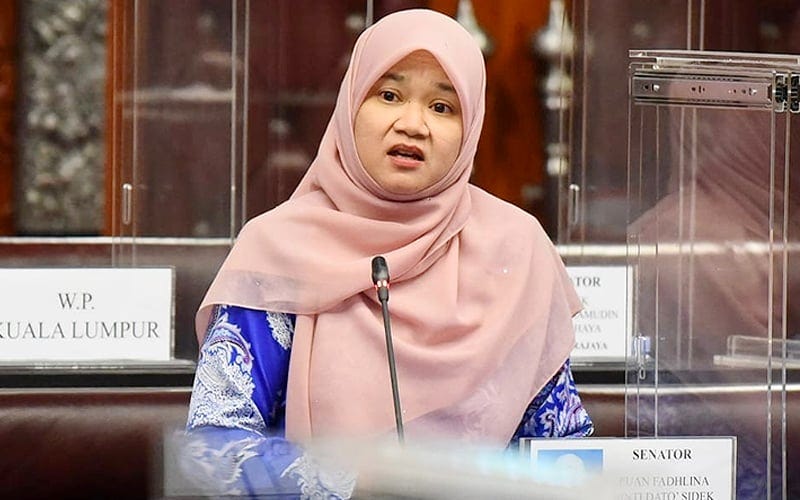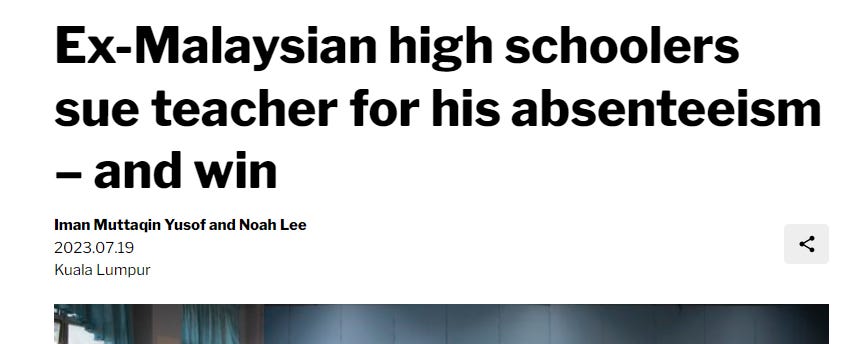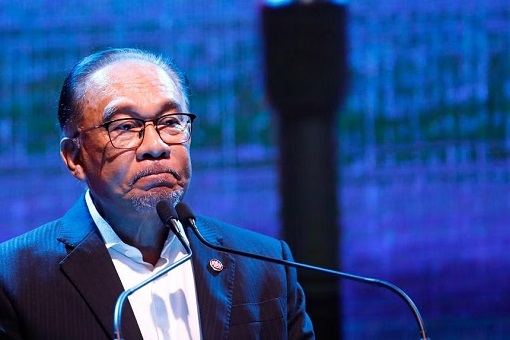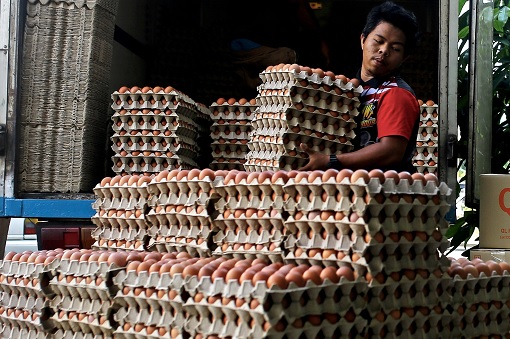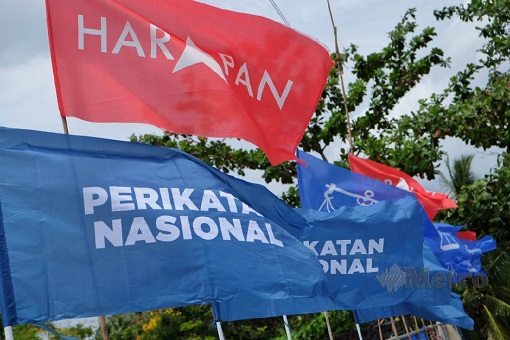Guardian:
Revealed: the tech entrepreneur behind a pro-Israel hate network
The Guardian used public records and open source materials to identify Daniel Linden of the Shirion Collective
A prime mover behind the Shirion Collective, a conspiracy-minded, pro-Israel disinformation network seeking to shape public opinion about the Gaza conflict in the US, Australia and the UK, is a tech entrepreneur named Daniel Linden living in Florida who co-wrote a guidebook for OnlyFans users, the Guardian can reveal.
Shirion has harassed pro-Palestinian activists, including many Jews, offered bounties for the identity of pro-Palestinian protesters, spread conspiracy narratives centered on figures like George Soros, and boasted of an AI-surveillance platform but offered few concrete details of how the technology functions.
The Guardian investigation used public records and open source materials to corroborate information originally provided by the White Rose Society, an Australian anti-fascist research collective.
Linden set up Shirion’s crowdfunding efforts, appears to play a central role in operating the network’s social media accounts, and coordinates the group’s efforts on a Telegram channel. Public records and online materials indicate he lives in Gainesville, Florida, but he has also had recent stints in Durango, Colorado, and Medellin, Colombia.
The Guardian emailed Linden at several addresses associated with him and his business ventures, and attempted to contact him via phone, text, a direct message on Reddit and a post tagging an X account associated with one of his ventures seeking comment on this reporting, but received no response.
Heidi Beirich, co-founder and chief strategy officer at the Global Project Against Hate and Extremism, said of Linden’s Shirion campaigning that his apparent “grifting” is common among extremists, “but his ideology seems very confused”.
“Regardless,” she added, “he is spreading hateful messages.”
The revelations shed light on the nature of Shirion, which has been criticized in the US congress and attracted media attention around the world, and its role in pushing back against criticisms of Israel’s conduct in its invasion of Gaza.
‘Surveillance network’
The Shirion Collective is an online operation that since late 2023 has appeared on platforms including X, Telegram and GoFundMe to coordinate the spread of pro-Israel and anti-Palestinian propaganda, and the harassment of pro-Palestinian protesters in the west.
Across its two X bios, Shirion describes itself as a “surveillance collective” and a “surveillance network” that searches for “digital fingerprints” to “aggressively track what the MSM [mainstream media] won’t” and “aggressively track and expose antisemitism”.
On Telegram, Shirion hosts a private channel with 885 members at the time of reporting. The channel is further divided into rooms for discussion of events in specific territories (like Canada and Latin America), or for coordination of online activity including mass reporting of X accounts.
Shirion organized two GoFundMe fundraisers in April and May of 2024. The earlier fundraiser brought in more than $57,000, including an anonymous $10,000 donation, for an operation in which trucks with big-screen monitors showed footage of the 7 October 2023 Hamas attack on Israel near universities in various US cities.
The move attracted the attention of critics including Representative Ilhan Omar, who spoke out in Congress against Shirion’s screening of the footage to the University of California, Los Angeles protest encampment.
Cash for ‘doxers’
Starting in late 2023 on X, Shirion began offering what it described as “bounties” for the identification of people involved in pro-Palestinian protests whom they characterized as antisemites.
A 29 November post on X advertised an “INSIDERS AGAINST ANTISEMITISM” scheme that promised “CASH for GREAT insider information”.
An accompanying graphic promoted a variety of bounties that increased with occupational status, ranging from $500 for the identification of a student up to $10,000 for a politician. Shirion asked supporters to “BOOKMARK and SHARE to get the word out”.
By 3 December, Shirion was offering a $500 reward, later bumped up to $1,500, for the identity of protesters Shirion claimed were engaged in “genocidal chanting”.
In succeeding months, Shirion has posted dozens of bounty offers and also has claimed to have paid out to people who have allowed them to identify their perceived opponents.
As recently as 19 June, it claimed in a post to have paid out $1,000 for the identity of a protester who was the subject of a bounty on 4 June.
Hate and disinformation
Beyond the bounty program, Shirion voices or boosts Islamophobia and anti-Palestinian hate, while celebrating death and destruction in Gaza, and violence against their supporters in the west.
Shirion has repeatedly celebrated the deaths of Palestinians in Gaza, including Palestinian journalists and children.
On 27 April, Shirion responded to a video that included images of destruction in Gaza, posting “Love that gaza looks like That now”, adding “FAFO”, an acronym for “fuck around and find out”.
Shirion has frequently celebrated police violence directed at pro-Palestinian protesters in the United States. It has also celebrated violence against journalists it characterized as “Marxist”.
On 5 May, in a post depicting a vehicular attack on protesters in Denver, Shirion wrote “LIKE & SHARE to make this more common”.
Shirion is also fond of conspiracy narratives. In a 19 December reply to another X user, it described a conspiracy theory that “the left” was “bringing illegals into the US” to bolster pro-Palestinian protests.
Despite Shirion’s claims to be an opponent of antisemitism, on Twitter it regularly promotes conspiracy theories that experts regard as being themselves implicitly antisemitic.
They include conspiracy narratives about the billionaire Jewish philanthropist George Soros.
On May 10, Shirion posted a warning about the “Soros-Backed Tides Foundation”.
Beirich, the extremism expert, said that Soros conspiracy theories are “always implicitly linked” with antisemitism. She added that “it’s strange that [Linden] is at once rabidly pro-Israel and also spreads antisemitic conspiracy theories”.
Shirion has also shared conspiracy theories about Muslims, including one projecting a Muslim takeover of Europe. Often, Shirion posts outright disinformation. The account captioned images and videos of pro-Palestinian protesters taking a lesson in Haitian martial arts with the claim that they were “Practicing Slaughter Techniques on Jews”.
Project Maccabee
Shirion often makes grandiose claims about its connections and an AI technology it claims to be using to identify perceived enemies.
At various times on X, Shirion has claimed to have contacts in the New York police department and FBI, Israeli intelligence and the London metropolitan police, and to be connected with Republican congressional candidates and pro-Israel academic and commentator Max Abrahms.
And since late last year, it has claimed to have developed an AI technology, Project Maccabee, whose goal it has described as “Hitting and creating AGI for the PROTECTION and survival of our people”, and “EXPOSING these putrid antisemites”.
Shirion has claimed the platform has advanced capabilities. However, Shirion has never made any public demonstration of its operations, nor produced third-party endorsement of its application to surveillance tasks. Nor has it shown that its capabilities for surveillance and identification are vastly superior to amateur open source intelligence investigators.
‘Dantheprompt’ and Shirion
One thread connecting Linden to Shirion comes from Reddit. The subreddit ShirionCollective is moderated by user “Danimde”, whose screen name is “Dantheprompt”. The subreddit apparently has no other members.
Dantheprompt user profile indicates that the account also moderates 8 other subreddits, and appears to be an enthusiast of generative AI. Most of the subreddits are either have one member or are dominated by posts from “Daninmde”.
Besides the Shirion subreddit, all of the subreddits Dantheprompt moderates are concerned with topics related to the use of generative AI tools including large language models (LLMs) and image-generating tools. The subreddits’ titles include “chiefaiofficer”, “SuperPrompters” and “OnlyFansModelAI”. The last subreddit 3 members which features sporadic posts of AI-generated imagery of scantily clad women, all from from the Daninmde account.
The profile picture on the Daninmde Reddit account is an exact match for one used on an account of the same name on Multiplex, a discussion forum dedicated to AI entrepreneurship. In a 28 May 23 post to Multiplex, in a thread called “introduce yourself”, Dantheprompt posted: “Hi guys, Dan Linden here… Been an entrepreneur for the last 12 years doing digital marketing, digital info products, etc.”
Further on, the post reads “@dantheprompt – if you ever want to message me on Twitter”.
The “dantheprompt” X account is now locked, but it identifies Dan Linden as the account holder, and the biography reads “Co-founder of Chief AI Officer (CAIO) – Building AI Powered (SaaS) – Digital Arts – Mixed Martial Arts”.
The profile photo, while different from the Reddit and Multiplex photos, appears to depict the same person. That photograph connects Linden to a now-deleted X post from Shirion.
On 11 April, Shirion posted a screenshot of a Google search, apparently on an iPhone. At the top right, a profile picture from the signed-in Google account was visible. The profile picture was identical to the one Linden uses on Twitter.
Another, apparently dormant X account also uses the username daninmde, and its profile photo appears to depict the same person as in Linden’s other social media accounts.
That account’s screen name is Dani L, which is one of the ties between Linden and Shirion’s fundraising efforts. Currently, the organizer of each GoFundMe is identified as Dani M. In an early archive of the first fundraiser, however, the organizer is identified as Dani L. As that fundraiser was being set up, though, the name of the organizer was revealed as Daniel Linden.
As the names on that fundraiser shifted, the organizer’s location was given as Gainesville, Florida. On the more recent fundraiser, the location is given as Durango, Colorado. Daniel Linden has lived in both cities.
Meet Daniel Linden
In his introductory post on Multiplex, one of Linden’s lines was that he “Built some companies. Wrote some books.”
Public records and open source materials indicate that Linden has certainly started many companies, but it’s far less clear that any of his previous companies survived.
Colorado company records indicate that Linden incorporated two companies in that state: Linden Services in 2006, and Focus Interactions Ltd in 2013. Each apparently lasted less than a year.
In Gainesville, Florida, Linden incorporated a series of companies starting in 2017, including Clickstein LLC, LD Networks LLC and DG Media LLC. Again, all of these companies appear to be defunct.
The companies left few traces on the public record. However, a 2020 English-language media report from Medellin, Colombia, indicates that Clickstein was a digital marketing firm “based on the idea of ‘Einstein-inspired marketing formulas’”, and that Linden lived in the city for a period.
The last captures of Clickstein’s website are from mid-2022. An archived “our team” page does not provide the last names of staff or management, but Dan L is listed as president of the company.
A business intelligence site has Linden as “Co-Founder at clickstein.com, bringing experience from previous roles at notyouraverage.marketing, Marketing Bench, Focus Interactions and Cre8tive Ninjas.”
In recent years, Linden has displayed a preoccupation with OnlyFans, the platform that allows producers of adult content to monetize their content, that goes beyond his sporadic attempts to synthesize AI models.
A 6 December 2022 screenshot of one of his personal Facebook accounts shows an OnlyFans payment notification indicating a net quarterly take of more than $155,000.
On Amazon, Linden is credited as co-author of a Spanish-language ebook whose title translates as Master OnlyFans in just 7 days!, and whose blurb promises to show readers techniques to build “an account that will give you an average of 2,000 dollars a month”.
In 2022, El País reported that Colombia is second only to Romania in the size of its adult webcam industry. In 2019, Colombian news magazine Semana estimated that there may be 40,000 women working as webcam models in the country.
Linden is currently featured on the website chiefaiofficer.com as one of three instructors of a “Chief AI Officer Certification Course” priced at $4,995. He is billed as being in the “top 0.1% Prompt Engineers in the world”.
Beirich, the extremism expert, said that “any time there is a protest movement or a mass mobilization, extremist actors will try to use it to their advantage, whether that’s to hijack the message or to make the situation more volatile”.

